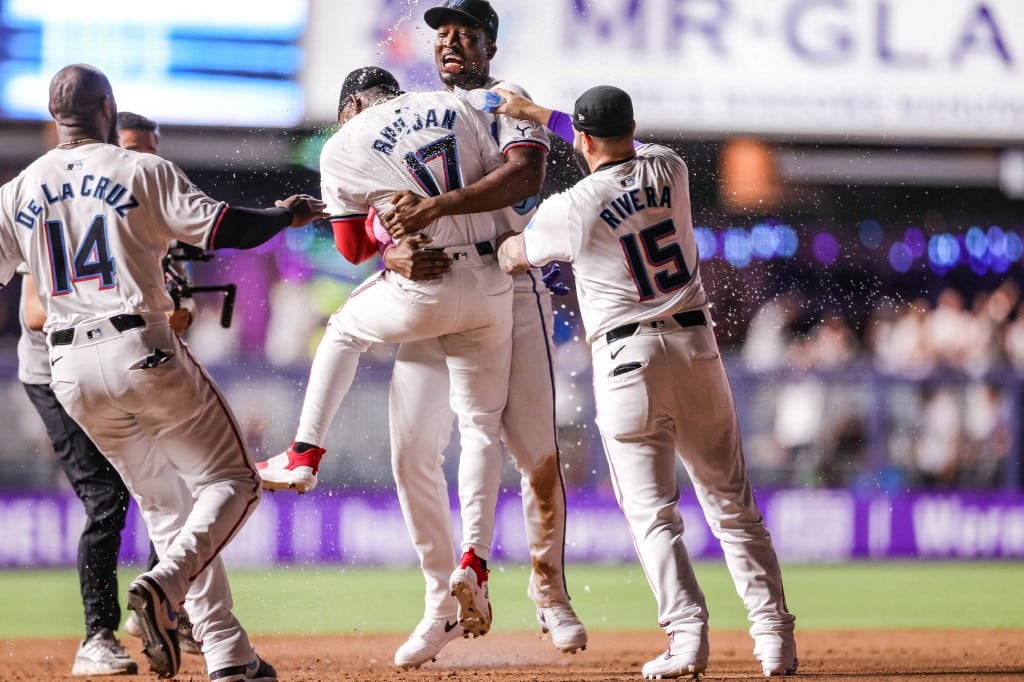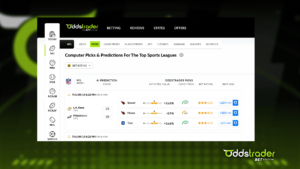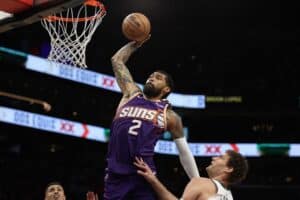Over the years you have enjoyed betting baseball at top sportsbooks and, generally, been successful in doing so. You developed your own methods using rather typical statistics like batting averages, runs scored and allowed, along with earned run averages for pitchers.
Because of the increased use of bullpens (and the decline of starting pitcher innings), along with most teams not hitting for much of a batting average, you tried implementing more stats. That included slugging percentage and on-base percentage, to expand your thought process. At the same time, you paid much closer attention to bullpen usage and keeping track of home/road bullpen ERAs, plus, save percentages.
Still, those have not helped enough and you are looking for more answers to return to the profit levels you are used to.
Here are some tips that can help boost your profits, whether you’re making MLB picks or doing more baseball prop betting. Both include additional work at the start, but once you find what works best for you, the time spent will drop and you will be like the oddsmaker, just in your lane, continually adapting to an always-changing marketplace.
Start Learning About wRC+
By definition, the – RC – in this acronym is Runs Created. That is a player’s ability to get on base and drive in runs.
- Run Created Formula: ((H + BB) * (1B + (2*2B) + (3*3B) + (4*HR))) / (AB + BB)
The wRC+ is the advanced methodology developed by the genius of Bill James who revolutionized baseball statistics and made them more useful. The ‘w’ stands for weighted and the plus (+) is the final component that brings it all together.
Several sites today have wRC+ player ratings and this can be helpful for player props and visually seeing how many players are in the same batting order that are in the Top 100, which can be both positive and negative at the same time.
Today, sites like Fangraphs also have team wRC+ numbers that give you an immediate perspective you can tie in with traditional stats, that hone in on strengths and weaknesses. Once you learn how to match those numbers against the opposing starting pitcher, you will have advanced knowledge.
wOBA Generates a Different Picture About Teams and Players
In this other useful stat, we look at the – on-base average of players and teams. The “weighted” aspect looks into the results of how a player reaches base. A double is better than a single, a triple is better than a two-bag hit, and so on.
From Fangraphs (2023):
- wOBA = (0.690×uBB + 0.722×HBP + 0.888×1B + 1.271×2B + 1.616×3B + 2.101×HR) / (AB + BB – IBB + SF + HBP)
Again, this works with team statistics and individual player numbers. The potential key here is finding value in either instance.
For example, if the money line is relatively close, with a home team at about -120 MLB odds and the pitching battle appears the same way, you can wOBA for help.
In this instance, the visitor has a Top 10 wOBA number and is facing a Bottom Top 10 foe. Those numbers match up to the recent form of both squads. That would suggest the visitor might be better equipped to score runs in what is expected to be a close outcome.
This will also relate to player props when a Top 20 batter is facing a mediocre starting hurler. There could be as many as a half dozen potential props to choose from in this situation, which is to your advantage.
Make WAR Work for You
The term WAR refers to Runs Above Replacement. This tells how good a player or team is and what their value is individually and within the team concept.
WAR figures can identify team and player mismatches that allow you to possibly exploit a betting situation. This can work especially well when having an undervalued underdog, showing the team and pitcher numbers to win a game.
With this different way of thinking, we would suggest experimenting with one of these three components until you get comfortable and find something that gives you an edge.
The most important recommendation is to adapt to become a better handicapper.








